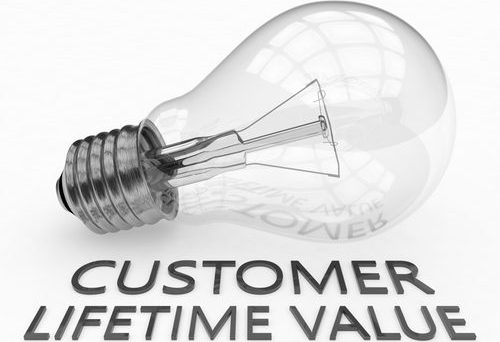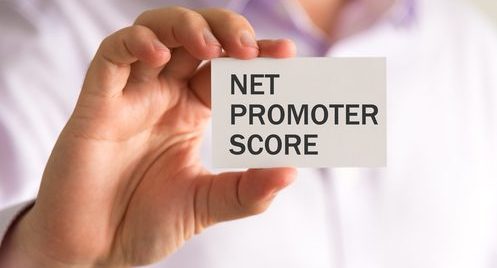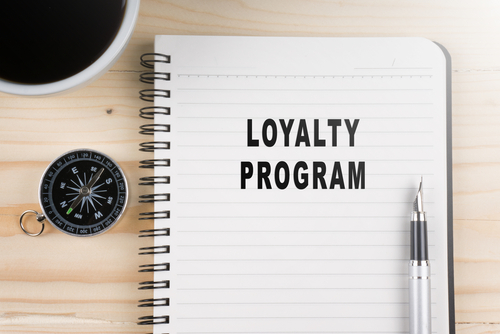Successful customer loyalty programs have a clear focus: customer experience. You want to design an engaging, rewarding program that inspires member interaction and drives increased sales.
If you aren’t reaching this standard, it may be time to take a closer look at your loyalty program members.
Thanks to the internet, customers have more choices and higher expectations than ever. In order to thrive, companies need to extend their brand through a loyalty program. This requires they obtain valuable member insight. In other words, you need to have customer intelligence.
And we’re not just talking about preferences and spending patterns (although that’s certainly important). We’re talking about understanding your customers’ financial value to your company — now, and in the future.
But obtaining this information isn’t easy. Loyalty programs face shortcomings when attempting to understand and assess member behavior — especially from a financial standpoint. Ultimately, the goal is to find the right balance between breakage and customer engagement. To do this, you need robust customer intelligence.
In this article, we’ll explore how companies can get a clear window into their loyalty program members and provide strategies to optimize this insight for better financial performance.
Use data-driven analysis

We’ve entered the age of analytics. Big data is making big business decisions.
In the past, customer financial intelligence meant using the most recent historical data; companies would measure how valuable a member is simply by looking at how much they’ve spent in the past.
Now, thanks to advanced predictive analytics, big data is helping companies predict future behavior. Using this method, companies can identify valuable members based on an estimation of their future spend.
Let’s take a look at each strategy in a bit more detail.
Use past behavior to predict future performance
Some companies think of their loyalty program as just another channel for incremental sales. Despite having massive amounts of customer data, their programs don’t have the analytical tools to give them the customer intelligence they need. As a result, these programs struggle to predict their loyalty program liability.
Many programs still rely solely on prior data (descriptive data) to serve as a guideline for future customer behavior.
A couple of examples could include:
- Forecasting reward usage with a 3-year moving average for redemption rates
- Forecasting loyalty program sales using last year’s results applied to a pricing factor
While using historical metrics to forecast future behavior may bring a certain sense of comfort (read: familiarity), it can also prove insufficient, as past behavior doesn’t always correlate to future performance. And it can’t assess breakage.
The opportunity in predictive modeling
According to the International Institute for Analytics, only 6 out of 10 loyalty program managers feel confident building predictive models.
Many managers don’t understand they should segment their members into groups in order to tailor program benefits and rewards.
There is underutilization of customer behavioral intelligence as well, with nearly 80% of programs relying heavily on customer transactional data, while ignoring customer needs or preferences. Looking back at historical data for forecasting has its limitations. If you take too long to understand your customers’ behaviors, you’re losing business.
Segment and forecast with predictive analytics

Analytics and artificial intelligence are the next opportunity for improved customer intelligence.
By now, we know that companies are sitting on huge amounts of valuable customer data. But how can this data be used to predict future behavior?
This can be used to forecast thousands of scenarios and behaviors, including:
- Behavior of the entire member cohort
- Segmented member behavior
- High value member behavior
- Low value member behavior
- Impact of seeding inactive members’ accounts with free points
- Impact of promotions on behavior of high-redeeming members
For example, analytics programs can run scenarios to predict under which conditions Customer Group A will spend more than Customer Group B. This can give tactical insight for determining when to boost loyalty program points (or other forms of program currency) for Customer Group A to encourage more spending.
In the end, this allows you to better prepare for different scenarios that could impact both earning and redemption rates in the near future (think: including upcoming holidays and campaigns) and far down the horizon.
Calculate customer lifetime value (CLV)

While digging through past data and loyalty program analytics undoubtedly offers critical insights, one metric will provide you with more valuable information than perhaps all other metrics combined.
That metric is customer lifetime value (CLV).
CLV combines historical transaction data with forecasted future transactions, to give a present value estimate of the free cash flow created over a member’s lifetime. CLV can be calculated for individual customers and used to prioritize loyalty program resources for those customers with higher CLV.
Customer future value (CFV) and customer potential value (CPV) are predictive variations of CLV.
CFV isolates the CLV equation to include only future expected value:
CFV = Expected future revenue – expected future redemptions costs
CPV measures the change in CFV for every reward point earned. Customers with the highest CPV have the potential to become high value customers, once properly incentivized.
CPV = Change in CFV / Change in points earned
You can calculate CLV, CFV, and CPV to rank and prioritize each of your members. Loyalty program resources can then be used on the highest-ranking customers, or the ones with the greatest CPV.
The metrics described above give you a financial strategy to assess and prioritize program resources to drive the greatest value.
Assess Net Promoter Score

Analytics and assessing a customer’s lifetime value lead to predicting future behavior and identifying high value customers.
But what if you don’t have any high value customers to begin with?
A qualitative approach can sample your customers’ opinions towards your loyalty program. The Net Promoter Score (NPS) is a score from 0 to 10 ranking how loyal your customers are.
Consulting firm Bain & Company originally created the term in 2003. Now, the majority of Fortune 500 companies use it.
Essentially, NPS is assessed by asking customers: “How likely would you recommend our products/services to someone you know?”
Depending on their response, customers can be grouped into the following categories:
| Score | Label | Behavior |
| 0 – 6 | Detractor | Likely not valuable |
| 7 – 8 | Passive | Neither high nor low value |
| 9 – 10 | Promotor | Highly engaged |
Results can be segmented further according to other customer characteristics. NPS can also serve as a barometer for your current performance, giving you a quick snapshot of what your customers think about your program and brand.
Think of it as a quick grading system for your customer loyalty program. If your program doesn’t inspire passives or promoters, you may need to reassess the implementation of your loyalty program strategy.
Bottom line: test, assess, and re-test
A profitable customer loyalty program with increasing customer value, an optimized breakage to engagement rate, and high customer satisfaction is the goal of most loyalty program managers.
Companies already collect vast amounts of customer data on transactions, behaviors, and demographics. The big opportunity lies in applying predictive analytics to understand customer behavior, identify high value traits, and convert more program members into high value customers.
When combined, these strategies can give you the insight you need to craft a loyalty program that delights customers and shareholders alike.





